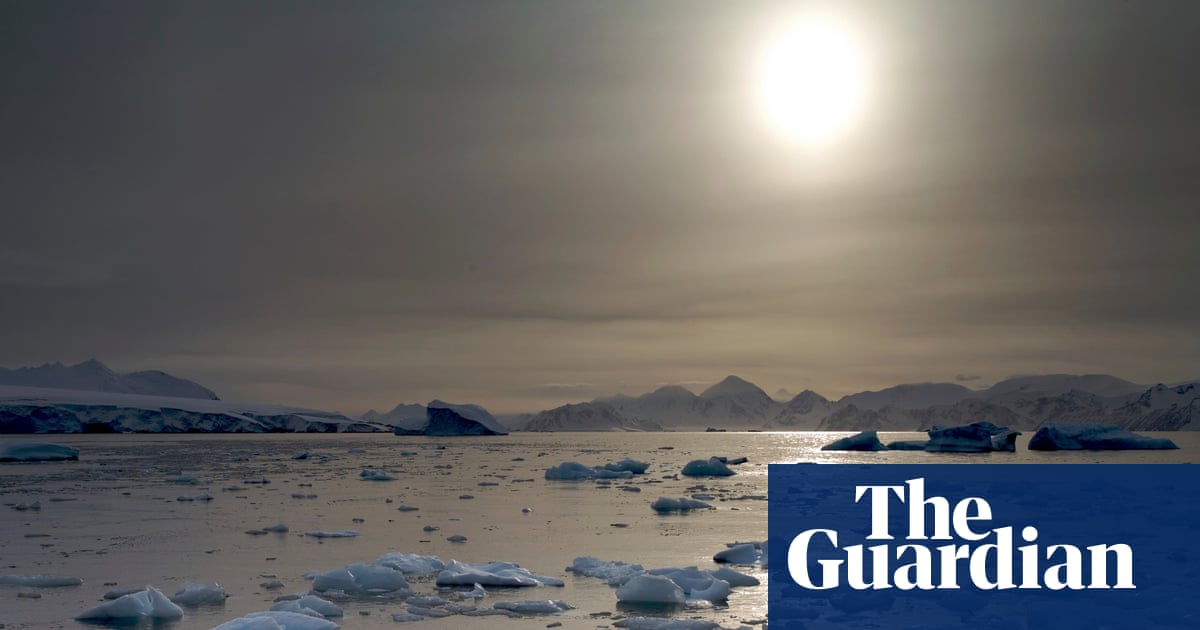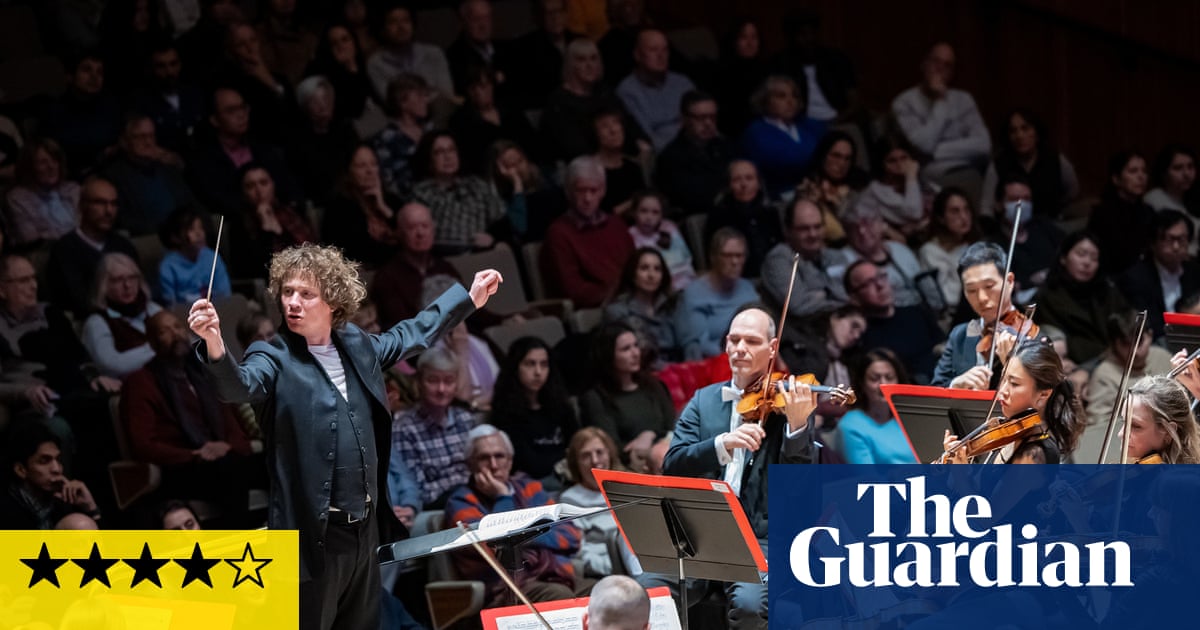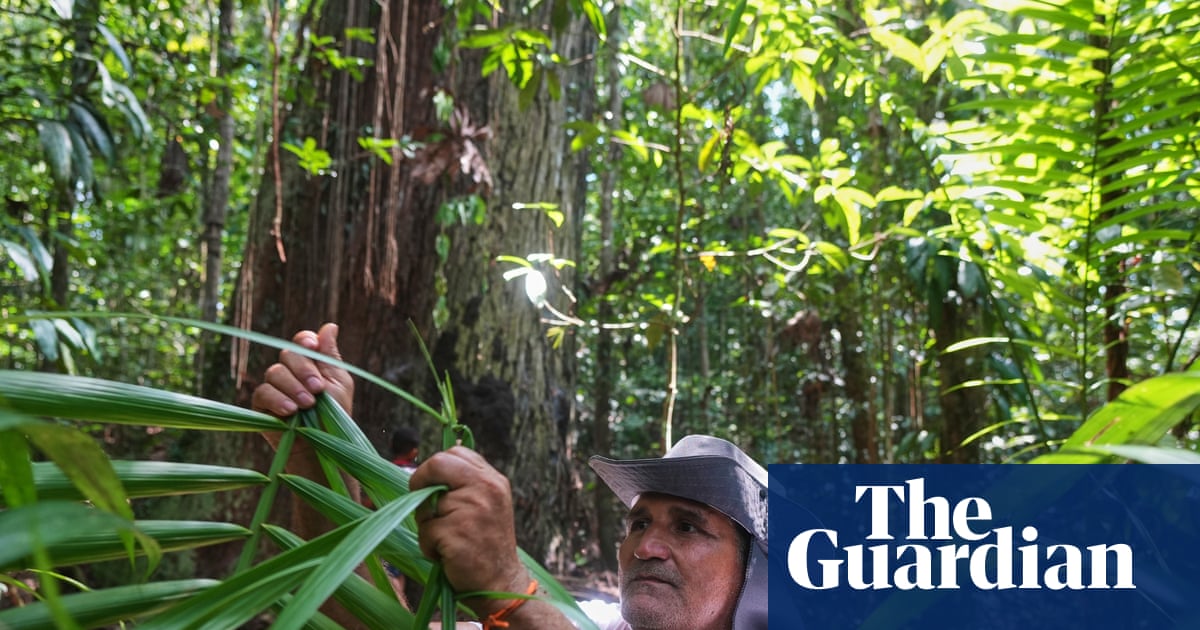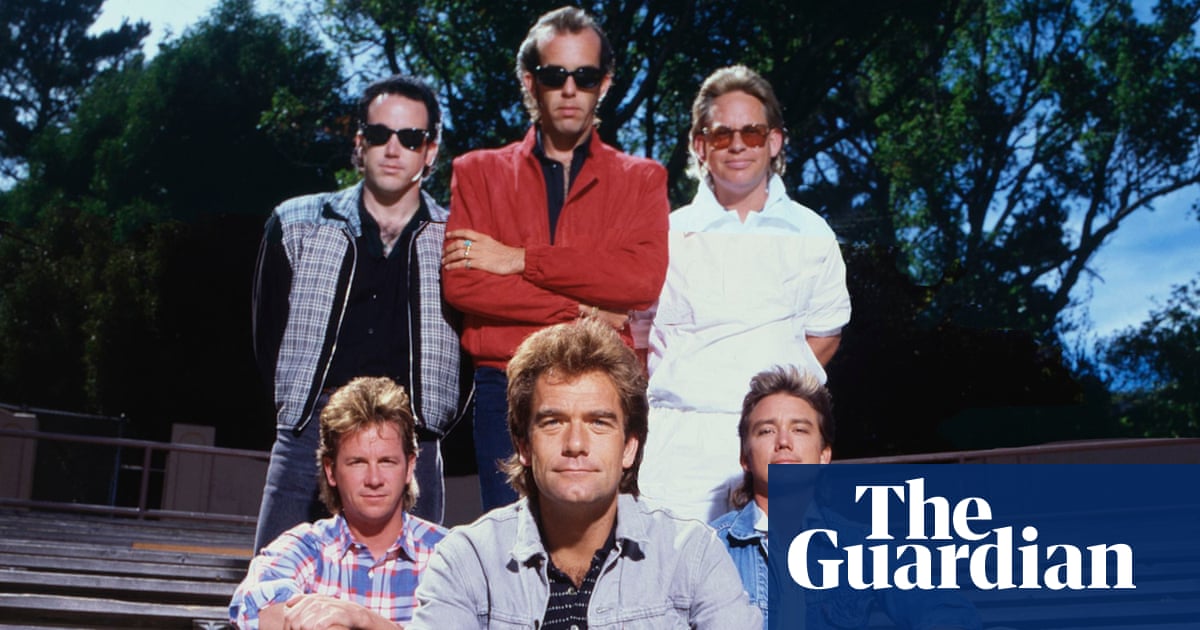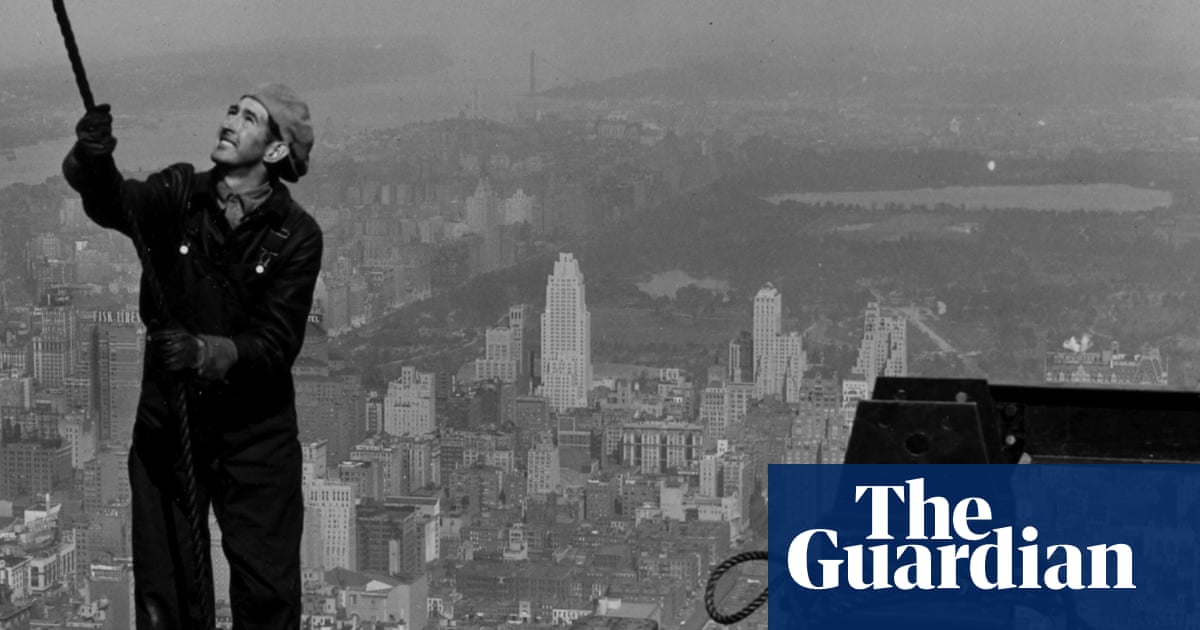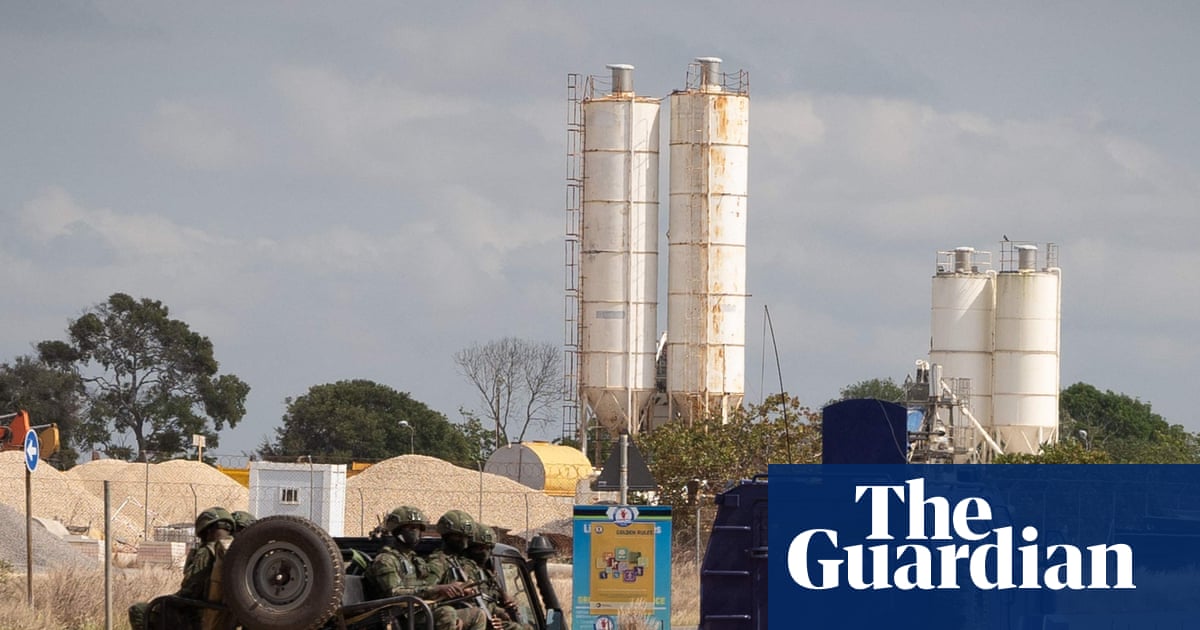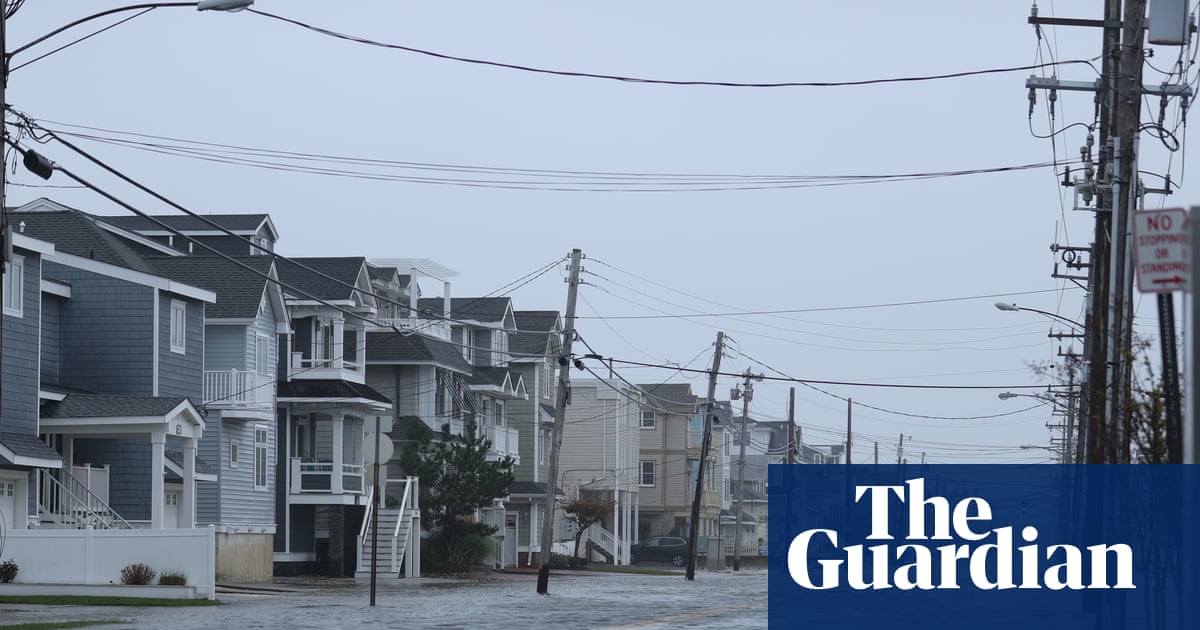A shrill call was followed by a flash of movement through a pile of boulders on a high country slope in Yosemite national park. “Hello, Sophie!” Beth Pratt responded to the round, feisty pika who had briefly emerged to pose defiantly in the sun.
Pratt, a conservation leader and wildlife advocate, has spent more than a decade observing the tiny mammals and the other inhabitants of these serene granite domes and the alpine meadows they overlook, which gleamed gold on a crisp afternoon in mid-October.
Their stories are woven into Pratt’s new book, Yosemite Wildlife: The Wonder of Animal Life in California’s Sierra Nevada – the first in more than a century to focus solely on the more than 150 species who call the park home.
Pratt’s book is designed to be more than a coffee-table tome. Each chapter features stories, facts and intimate insights about a different animal. The book isn’t necessarily meant to be read cover to cover. Rather, she was inspired by the encyclopedias she got lost in as a child.
Paired with hundreds of photos from naturalist-photographer Robb Hirsch, as well as archival images, natural history and research, her storytelling transports readers into a world they don’t often have access to. Published by the Yosemite Conservancy, proceeds also directly benefit the park.
Along with a glimpse into the lives of mammals, reptiles, amphibians and insects who dwell in one of the country’s most treasured parks, Pratt hopes to foster a deeper connection to the tenacious creatures who are surviving through the harshest conditions.
“We think we as humans are so exceptional, but come up here and even the smallest of critters will put you in your place very quickly,” she said.
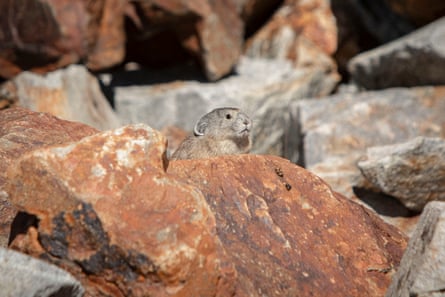
The world Pratt captures is fierce and fragile: Butterflies, weighing no more than a feather, fly over 12,000ft (3,650-meter) peaks. Freshwater crustaceans called fairy shrimp spring to life in small temporary ponds left after the mountain snow melts, their eggs able to last up to a century waiting in suspended animation for the right conditions. Pratt even saw a marmot chase off a coyote.
But it also highlights how exceedingly vulnerable these animals have become. The climate crisis and the encroaching development into once-wild places have added challenges even for the most hardy.
“People don’t understand that wildlife operate on the barest of margins,” Pratt said, pausing to ferry a caterpillar off the trail and onto the underbrush in the direction it was heading. “Something like trampling their nest or leaving trash out can result in dead animals or a loss of habitat or scaring an animal who doesn’t have a lot of energy reserves to begin with.”
‘Stuff your eyes with wonder’
For more than 30 years, Pratt has worked in environmental leadership roles, including heading the campaign behind the world’s largest wildlife crossing of its kind, stretching across 10 lanes of a bustling highway near Los Angeles.
Her work helped the city fall in love with P-22, a celebrated urban mountain lion who lived in Griffith Park and died after being struck by a car in 2022, which inspired the P-22 Day festival – held in October this year – to honor and increase awareness around protecting wildlife. She is also the author of I Heart Wildlife and When Mountain Lions Are Neighbors.
But from her first visit after she moved from Massachusetts to California in 1991 at the age of 22, “Yosemite claimed me”, she wrote in the book’s preface. Her adoration of national parks, first introduced in a book she dreamed over in middle school, was cemented during a first winter trip to the park that she now refers to as “her north star”.
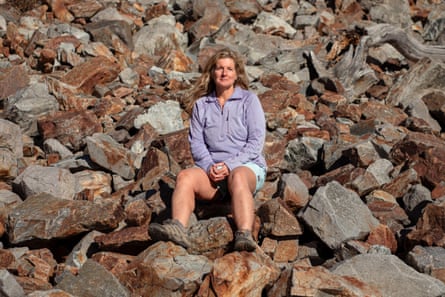
For 25 years, Pratt has made her home in the Sierra foothills just outside Yosemite, and she makes frequent trips through the park gates.
With her new book, she’s invited the public deeper into a process 15 years in the making: Pratt said she’s about halfway through an attempt to record three decades of changes in Yosemite’s highest elevations.
The hike up to an area Pratt affectionately refers to as “pika hill” is steep, but the rewards come quickly. “This is my happy place,” she said, gesturing toward a craggy ridgeline and the 13-mile (21km) route she’s looped countless times over the years to document how her friends are faring. The trail sweeps out from Yosemite’s eastern entrance on the Tioga Pass – a scenic thoroughfare that snakes through the Sierra at nearly 10,000ft – and offers access to the dramatic landscapes in a less-frequented part of the park.
The high country is one of the places Pratt feels most at home and it inspired the intro to her book. “Stuff your eyes with wonder,” she quotes from the author Ray Bradbury, calling it a creed. Here, it is easy to do.
In the distance, a lone coyote stalked through the amber plains in search of a snack. Overhead, a hawk, held fast by the wind, hovered in place. Sophie the pika retreated into tunnels burrowed deep under the rocks, as an azure lake on the horizon sparkled in the afternoon sun.
Her process, though rooted in scientific observation, is simple: “I wander around and pay attention,” she said. Pratt’s patience has been rewarded again and again with rare encounters.
She’s one of the few people who have seen burrowing owls here. She’s watched black bears sniff the air, and presided over the “commute of the newts”, an annual march of the small rust-colored amphibians as they descend down-canyon into their breeding-ground ponds near the Merced River.
“When I was younger, it was such a push to see different places. Now I am really focused on one place,” she said. She knows the landscapes well – watching over them week to week through the seasons – and they have begun to know her in return. Sophie the pika wouldn’t have emerged for just anyone.
“I treat them as people – because to me they are,” she said. “They are equal to us.”
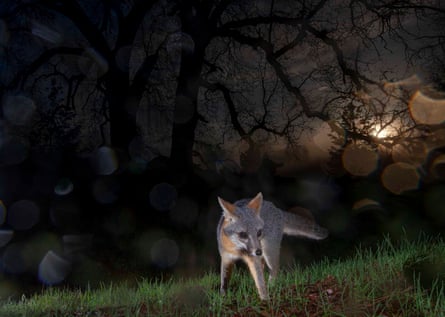
It’s been her life mission to be a voice for those who have none, something she said was inspired by her love for wildlife and the late Jane Goodall. Goodall, who died earlier this year, was a primatologist and leader in her field who also named the animals she worked with – a practice once regarded as a coup against scientific convention.
Goodall’s work inspired people around the world to take a greater interest in wildlife and in the negative impact humans have had, and Pratt’s work carries on that legacy.
“Losing her couldn’t come at a worse time,” Pratt said. “All of us who do the work for the wildlife need to be louder now.”
National parks facing threats
Before heading back to the parking lot, Pratt called to Sophie one final time. They may not meet again. Soon, the pika would burrow deep beneath the snow, seeking protection from the cold by the drifts and the piles of vegetation she’d gathered to get her through.
“You can see it’s the last hurrah – they can tell something is coming and they are out here preparing,” Pratt said, before turning back to the trail leading downhill. There was work left to do, both for Sophie and for Pratt.
The effects of climate change have continued to unfold. Support for wildlife protections has eroded under the Trump administration, which has gutted budgets and pushed extractive policies. Yosemite and the national parks more broadly are facing greater threats; left without adequate staffing, there’s more pressure being put on landscapes and the animals who live within them.
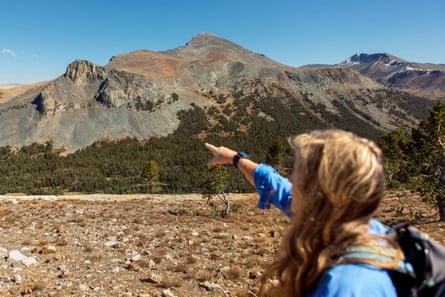
“Some days I am in despair,” she added. The setting sun offered a last brilliant glow as it slowly sank behind the purple horizon. “And then I think about the pika who have to gather enough hay for three months to live under the snow for the winter. Or these butterflies that are literally flowing over peaks with tattered wings. Or the Yosemite toad that has to walk sometimes up to a mile over snow to their breeding grounds.”
With the first big snow foreshadowed in the darkening clouds gathering above, another winter was on its way. The hike was coming to an end, along with the season. But plans were already being made for the future. She’d soon be back.
“If these animals can do this,” she said, “we got this.”

 4 weeks ago
43
4 weeks ago
43

